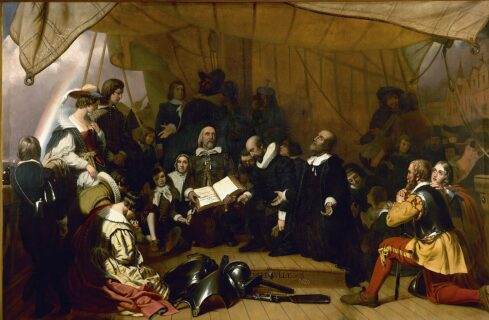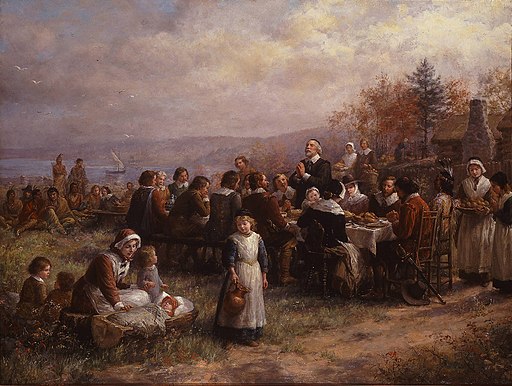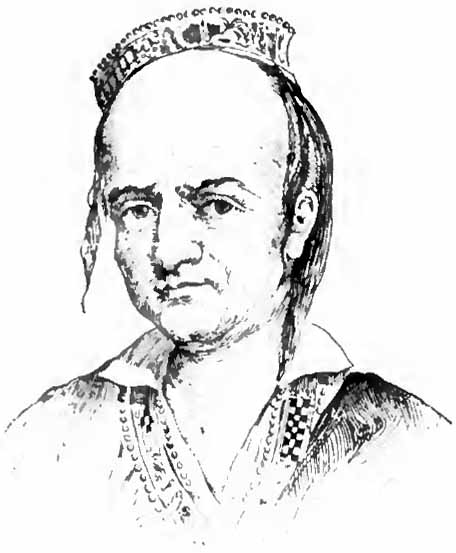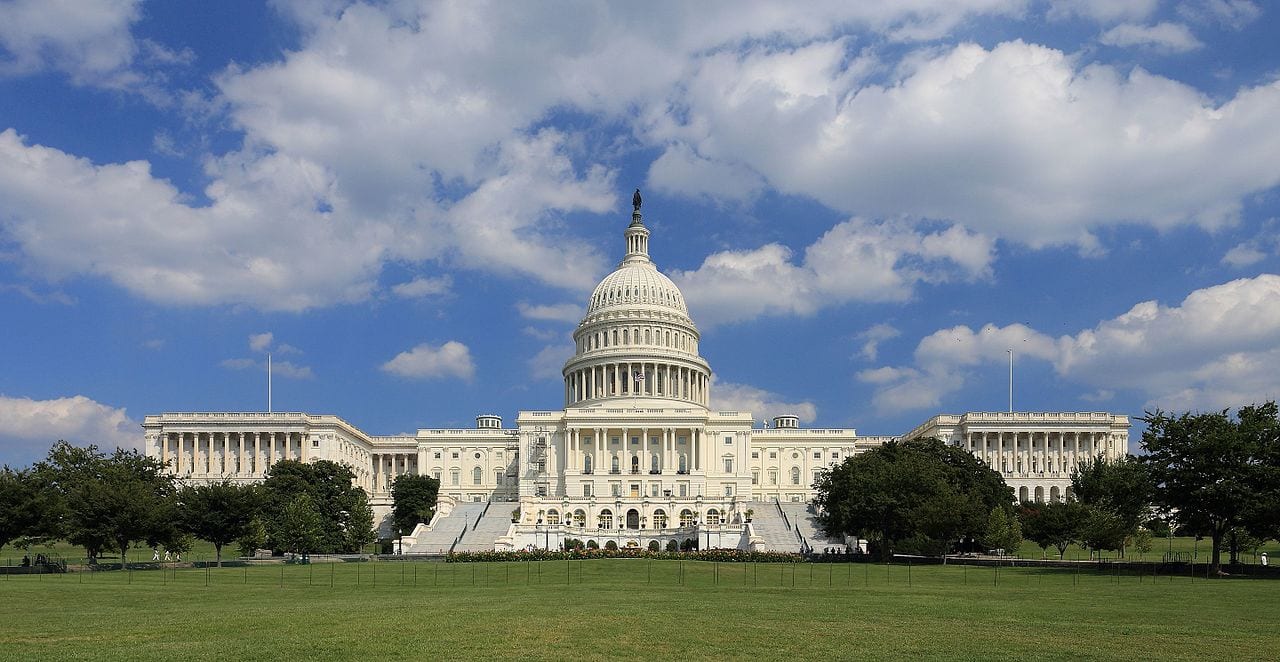
The First Thanksgiving—Truth or Fiction?
The story of the first Thanksgiving that most of us learned in grade school romanticizes the friendship between the Pilgrims who settled in New England and the indigenous people already occupying the land. Yet there is some truth in the story.

The Pilgrims landed on the shore of Cape Cod a year before the famous harvest feast of 1621 that is considered the basis of our Thanksgiving holiday. Their ill-timed arrival at the beginning of winter was initially caused by trouble with one of their ships, the Speedwell. After six weeks at sea, it had taken on so much water that the entire Pilgrim party had to return to England and regroup into one vessel, the Mayflower. On this ship they departed Plymouth, England in September of 1620, intending to settle near the Hudson River. They thought this would place them in the already established colony of Virginia. Rough seas and storms diverted them northward to Cape Cod, where they landed in November.
Professor Jace Weaver, editor of the new TAH document collection Native Americans, writes:
Though relations between the Pilgrims and the Wampanoag Indians, in whose territory they settled, were initially wary, mutual need drove them together. The Pilgrims and Wampanoag sachem (chief) Massasoit forged a partnership that persisted through Massasoit’s lifetime, but deteriorated after his death in 1661. The Indians taught the newcomers to survive by planting corn and catching and eating lobsters. The English provided a much needed, if largely symbolic, ally to the Wampanoag against neighboring tribes.

When in 1636 war first broke out between the settlers and the Indians, it was war not with the Massasoit but with the Pequot, a powerful neighboring tribe who controlled the trade in wampum, shell beads that had become the currency of exchange between the European settlers and the Indians. One cause of this war was an English effort to break up the Pequot monopoly in wampum. Weaver writes, “While there were provocations on both sides, the English, who increasingly no longer needed the Natives, bore the larger share of the blame.” Although the Massasoit were allied with the English in 1636, by 1675 the Massasoit bore considerable grievances against the colonists. Their complaints were heard and recorded by John Easton, deputy governor of the colony of Rhode Island and Providence Plantations, who recounted them in his history of King’s Philip War, fought from 1675 to 1676. Easton’s account, titled “Metacomet Explains the Causes of King Philip’s War,” is Document 2 in Weaver’s collection.


